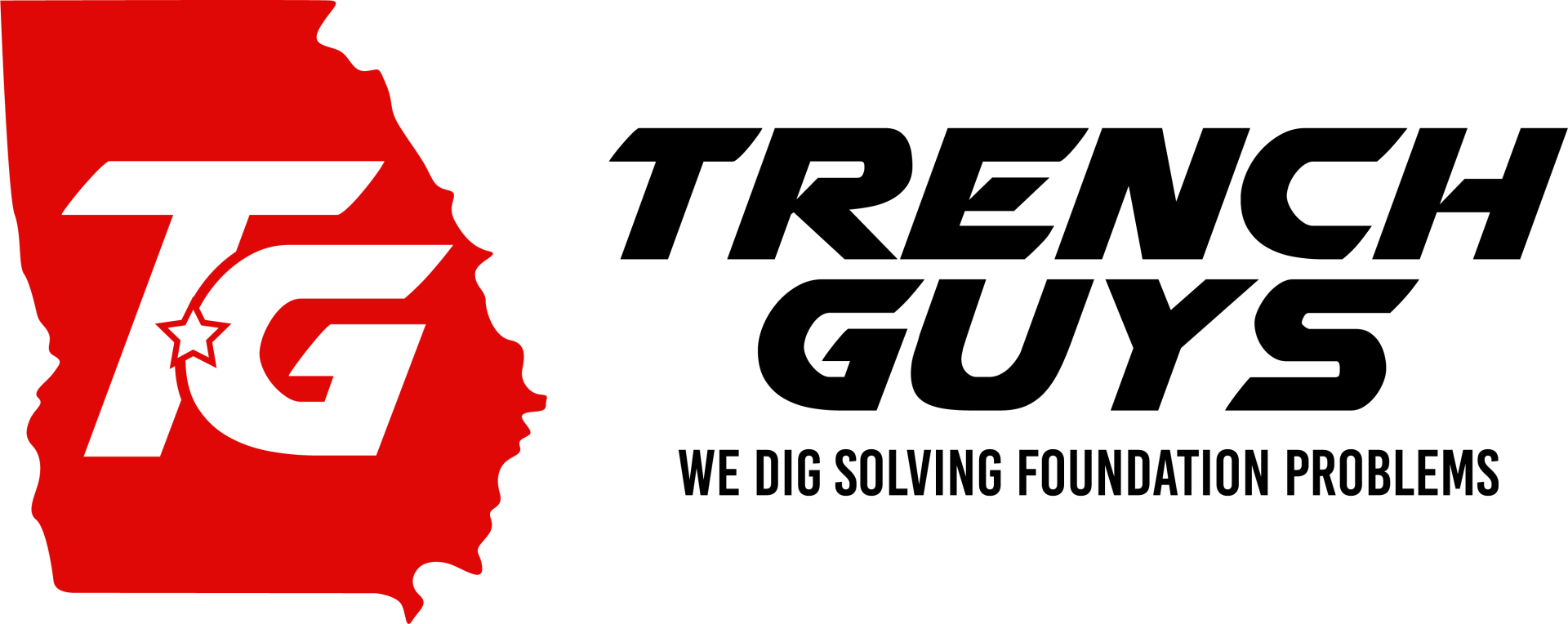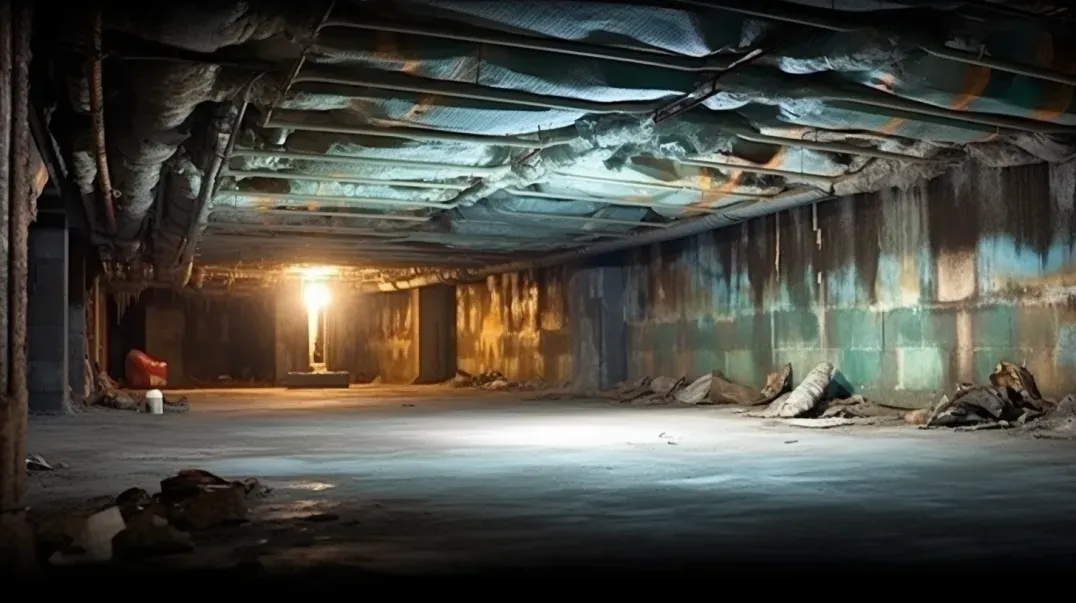Beneath the surface of our homes lies a critical component often unseen but vital to the overall health and stability of the structure: the crawl space. This hidden area, responsible for supporting the weight of our daily lives, can become a source of significant issues if not properly maintained. From moisture accumulation to structural deterioration, the challenges presented by crawl spaces are as varied as they are complex. Understanding the importance of timely repairs and the selection of the right repair method is crucial for homeowners seeking to protect their investment and ensure a safe living environment. This blog delves into the intricacies of crawl space repair, highlighting the significance of choosing the most effective approach to address underlying issues and prevent future problems.
At the heart of crawl space maintenance are two primary strategies: ventilation and encapsulation. Each approach offers distinct advantages and is suited to different scenarios, making the choice between them a critical decision for homeowners.
Ventilation represents a traditional method of crawl space maintenance, focusing on the exchange of air to control moisture levels and prevent the buildup of harmful gases. By allowing outside air to circulate through the crawl space, ventilation systems aim to reduce humidity, deter mold growth, and maintain air quality. However, the effectiveness of ventilation can vary significantly based on climate, home design, and other environmental factors.
Encapsulation, on the other hand, offers a comprehensive solution by sealing the crawl space from external influences. This method involves covering the crawl space floor and walls with a heavy-duty moisture barrier and often includes the installation of a dehumidifier to control air quality and moisture levels actively. Encapsulation is particularly effective in humid climates or in homes where traditional ventilation fails to adequately address moisture issues.
Choosing between ventilation and encapsulation—or determining if a combination of both is necessary—requires a thorough understanding of your home's specific needs, the local climate, and the long-term goals for your property. This blog aims to equip homeowners with the knowledge to make informed decisions about crawl space repair, guiding them through the benefits and considerations of each approach to find the best solution for their unique situation.
Understanding Crawl Space Ventilation
The crawl space, often hidden beneath the floorboards of our homes, plays a vital role in the overall health and stability of the structure. Proper ventilation in this area is crucial for preventing a host of issues that can arise from moisture accumulation, such as mold growth, wood rot, and compromised air quality. This guide explores the fundamentals of crawl space ventilation, shedding light on how it works, its importance, and the advantages and limitations of relying on ventilation for crawl space repair.
Basics of Crawl Space Ventilation
How Ventilation Works: Crawl space ventilation operates on the principle of air exchange. Vents installed around the perimeter of the crawl space allow outside air to circulate through the area, replacing stale, moist air with fresher, drier air from the outside. This process helps to regulate humidity levels within the crawl space, preventing the conditions that lead to moisture-related problems.
Role in Crawl Space Health: The primary goal of crawl space ventilation is to control moisture. Excessive moisture can lead to mold and mildew growth, which not only poses health risks but can also damage the structural components of your home. By maintaining a dry environment, ventilation helps protect the structural integrity of the crawl space and improves the overall air quality in your home, contributing to a healthier living environment.
Pros and Cons of Ventilation
Advantages:
- Cost-Effective: Compared to other crawl space repair methods, such as encapsulation, installing ventilation is generally less expensive and less labor-intensive.
- Simplicity: Ventilation systems are relatively simple to install and maintain, making them an accessible option for many homeowners.
- Moisture Control: In climates where outdoor air is dry, ventilation can effectively reduce moisture levels in the crawl space, mitigating the risk of mold growth and wood rot.
Limitations:
- Climate Dependency: The effectiveness of ventilation is highly dependent on the local climate. In areas with high humidity, bringing in outside air can actually increase moisture levels in the crawl space, exacerbating problems rather than solving them.
- Energy Efficiency: In colder climates, ventilation can lead to increased heating costs as warm air from the home escapes through the crawl space, and cold air is drawn in.
- Incomplete Solution: While ventilation can help control moisture, it may not be sufficient as a standalone solution for all crawl space issues, particularly in homes with significant water intrusion problems.
Exploring Crawl Space Encapsulation
Crawl space encapsulation has emerged as a highly effective method for protecting the underside of your home from moisture, pests, and other hazards. This comprehensive approach to crawl space maintenance can significantly impact the overall health of your home, from improving air quality to enhancing energy efficiency. Understanding what encapsulation entails and weighing its advantages against potential drawbacks are crucial steps for homeowners considering this investment.
What is Encapsulation?
Encapsulation Process: Crawl space encapsulation involves sealing the crawl space from external elements. The process typically includes covering the floor and walls with a heavy-duty polyethylene barrier, sealing all vents and openings, and often installing a dehumidifier to control moisture levels actively. The goal is to create a controlled environment that significantly reduces the humidity and prevents moisture from entering the space.
Purpose: The primary purpose of encapsulation is to protect your home from the detrimental effects of moisture, such as mold growth, wood rot, and pest infestations. By creating a dry and sealed environment, encapsulation can also improve indoor air quality and contribute to the overall energy efficiency of your home.
Benefits and Drawbacks of Encapsulation
Benefits:
- Improved Air Quality: Encapsulation can dramatically reduce the risk of mold and mildew, contributing to healthier indoor air and reducing potential health risks associated with poor air quality.
- Enhanced Energy Efficiency: By stabilizing the temperature in the crawl space, encapsulation can reduce the strain on heating and cooling systems, potentially lowering energy costs.
- Increased Home Durability: Protecting the structural components of your home from moisture-related damage can extend the life of your home and prevent costly repairs.
- Pest Deterrence: A sealed crawl space is less attractive to pests that thrive in damp environments, reducing the likelihood of infestations.
Drawbacks:
- Initial Cost: The most significant barrier to encapsulation is often the upfront cost. The materials and labor required for a professional encapsulation job can be substantial, though many homeowners find the long-term benefits justify the investment.
- Maintenance Requirements: While relatively low, there are some maintenance needs for encapsulated crawl spaces, such as periodically checking the dehumidifier and ensuring the integrity of the vapor barrier.
- Potential for Over-Sealing: Inadequately executed encapsulation can lead to over-sealing, which might trap gases or lead to other ventilation issues if not properly managed with a dehumidifier or conditioned air system.
Comparing Effectiveness in Moisture Control
Moisture control in crawl spaces is pivotal for preserving the structural integrity of homes, preventing mold growth, and ensuring a healthy living environment. Two primary strategies for managing moisture in these areas are ventilation and encapsulation. Each approach has its mechanisms and effectiveness in controlling moisture, and understanding these can help homeowners make informed decisions about the best moisture control solutions for their homes.
Ventilation and Moisture Management
How Ventilation Addresses Moisture Issues: Ventilation works by allowing air to flow through the crawl space, using natural or mechanical means to remove moist air and replace it with drier air from the outside. This process helps in reducing humidity levels, which in turn, minimizes the risk of moisture accumulation that can lead to mold growth and wood rot.
- Effectiveness: The effectiveness of ventilation in moisture control largely depends on the climate and external air conditions. In dry climates, ventilation can significantly reduce moisture levels by introducing drier air into the crawl space. However, in humid climates, ventilation might inadvertently bring in moist air, potentially worsening moisture problems. Therefore, while ventilation can be an effective moisture control method under the right conditions, its effectiveness is limited in areas with high outdoor humidity levels.
Encapsulation's Approach to Moisture
The Effectiveness of Encapsulation in Controlling Moisture Levels: Encapsulation involves sealing the crawl space with a vapor barrier on the floor and walls, closing off vents, and often incorporating a dehumidifier to actively control the humidity levels. This method creates a controlled environment that significantly reduces the ability of moisture to enter and accumulate in the space.
- Effectiveness: Encapsulation is widely regarded as a highly effective method for controlling moisture in crawl spaces across various climates. By isolating the interior space from the external environment, encapsulation prevents moisture intrusion from the ground and outside air. The use of a dehumidifier within an encapsulated crawl space allows for precise control over humidity levels, making it an effective solution for preventing mold growth and structural damage due to moisture. Encapsulation is particularly beneficial in humid climates where traditional ventilation might fail to reduce moisture levels adequately.
Impact on Indoor Air Quality and Health
The quality of air within our homes is a critical component of overall health and well-being. Given that a significant portion of air in living spaces originates from crawl spaces, the methods used to manage these areas—namely ventilation and encapsulation—play pivotal roles in influencing indoor air quality. Understanding the effects of these strategies can help homeowners make informed decisions to promote a healthier living environment.
Ventilation's Influence on Air Quality
Assessment of Ventilation's Impact: Ventilation introduces outside air into the crawl space, promoting air exchange and reducing moisture levels. This process can significantly influence indoor air quality in several ways:
- Improvement in Air Quality: By facilitating the exchange of stale, moist indoor air with fresh outdoor air, ventilation can reduce the concentration of indoor pollutants, including volatile organic compounds (VOCs), allergens, and mold spores, thereby improving air quality.
- Potential Risks: While ventilation can dilute indoor pollutants, the quality of the incoming air is crucial. In areas with high outdoor pollution levels or during times when pollen counts are high, ventilation may inadvertently introduce new pollutants into the home, potentially affecting indoor air quality. Additionally, in humid climates, bringing in moist air can increase indoor humidity levels, fostering mold growth and negatively impacting air quality.
Encapsulation and Air Purity
Evaluating Encapsulation's Impact: Encapsulation seals the crawl space from external air and ground moisture, often incorporating a dehumidifier to control the internal environment. This method has a distinct impact on air quality:
- Enhanced Air Purity: By sealing off the crawl space, encapsulation prevents the intrusion of outdoor pollutants and ground moisture, significantly reducing the potential for mold growth and the accumulation of harmful gases, such as radon, from the soil. The controlled environment ensures that the air moving into living spaces is cleaner and drier, contributing to improved indoor air quality.
- Considerations: While encapsulation effectively isolates the crawl space from external pollutants and moisture, the overall air quality is also dependent on the cleanliness of the encapsulated space and the efficiency of the dehumidifier used. Regular maintenance of the dehumidifier and periodic inspections of the vapor barrier are essential to maintain optimal air quality.
Long-Term Durability and Maintenance
Maintaining the health and structural integrity of your home's crawl space is crucial for ensuring the overall longevity of the property. Two primary methods for managing crawl space conditions are ventilation and encapsulation. Each approach has its own set of maintenance needs and impacts on the long-term durability of the crawl space. Understanding these can help homeowners make informed decisions about the most sustainable and effective strategies for their homes.
Maintenance Needs for Ventilated Crawl Spaces
Ongoing Maintenance Requirements: Ventilated crawl spaces, which rely on the natural or mechanical exchange of air, require regular maintenance to ensure their effectiveness and durability over time. Key maintenance tasks include:
- Vent Inspection and Cleaning: Regularly inspecting the vents for blockages, damage, or wear is essential. Cleaning the vents ensures that air can flow freely, preventing moisture buildup.
- Debris Removal: Keeping the crawl space clear of debris, leaves, and other materials that can obstruct air flow or retain moisture is crucial for maintaining effective ventilation.
- Moisture Monitoring: Even with adequate ventilation, it's important to monitor humidity levels within the crawl space regularly. This may involve the use of hygrometers or moisture meters to detect potential issues early.
- System Checks: For mechanical ventilation systems, periodic checks of fans, dehumidifiers, and other components are necessary to ensure they are functioning correctly.
Encapsulation and Longevity
Durability and Maintenance Aspects: Encapsulation involves sealing the crawl space with a vapor barrier and often includes the installation of a dehumidifier to control moisture actively. This approach offers several benefits in terms of durability and maintenance:
- Reduced Maintenance Needs: Once properly installed, encapsulated crawl spaces typically require less ongoing maintenance than ventilated spaces. The sealed environment reduces the influx of debris and pests, minimizing the need for regular cleaning.
- Moisture Control: Encapsulation provides superior moisture control, significantly reducing the risk of mold growth and wood rot. This contributes to the long-term durability of the crawl space structure.
- Dehumidifier Maintenance: The primary maintenance requirement in an encapsulated crawl space is the dehumidifier. Regularly checking the unit, cleaning or replacing filters, and ensuring it is operating efficiently are essential tasks.
- Barrier Inspection: Periodically inspecting the vapor barrier for tears, gaps, or other signs of wear is important to maintain the integrity of the encapsulation.
FAQs
Contact Trench Guys Today!
Trench Guys will do everything we can to ensure your experience with us is excellent.
Request A FREE Estimate
Request a Free Estimate Form
Checkout Recent Post
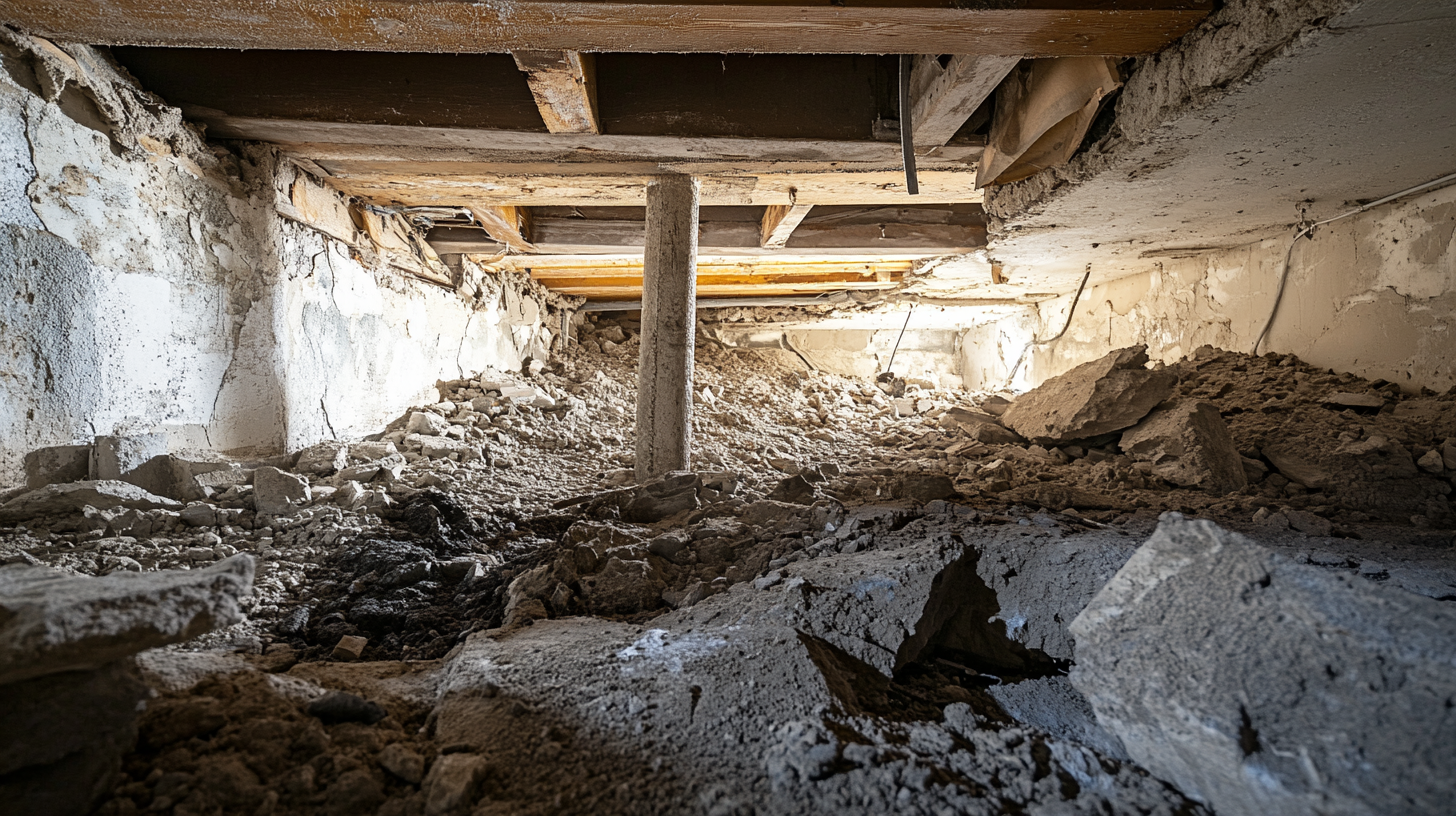

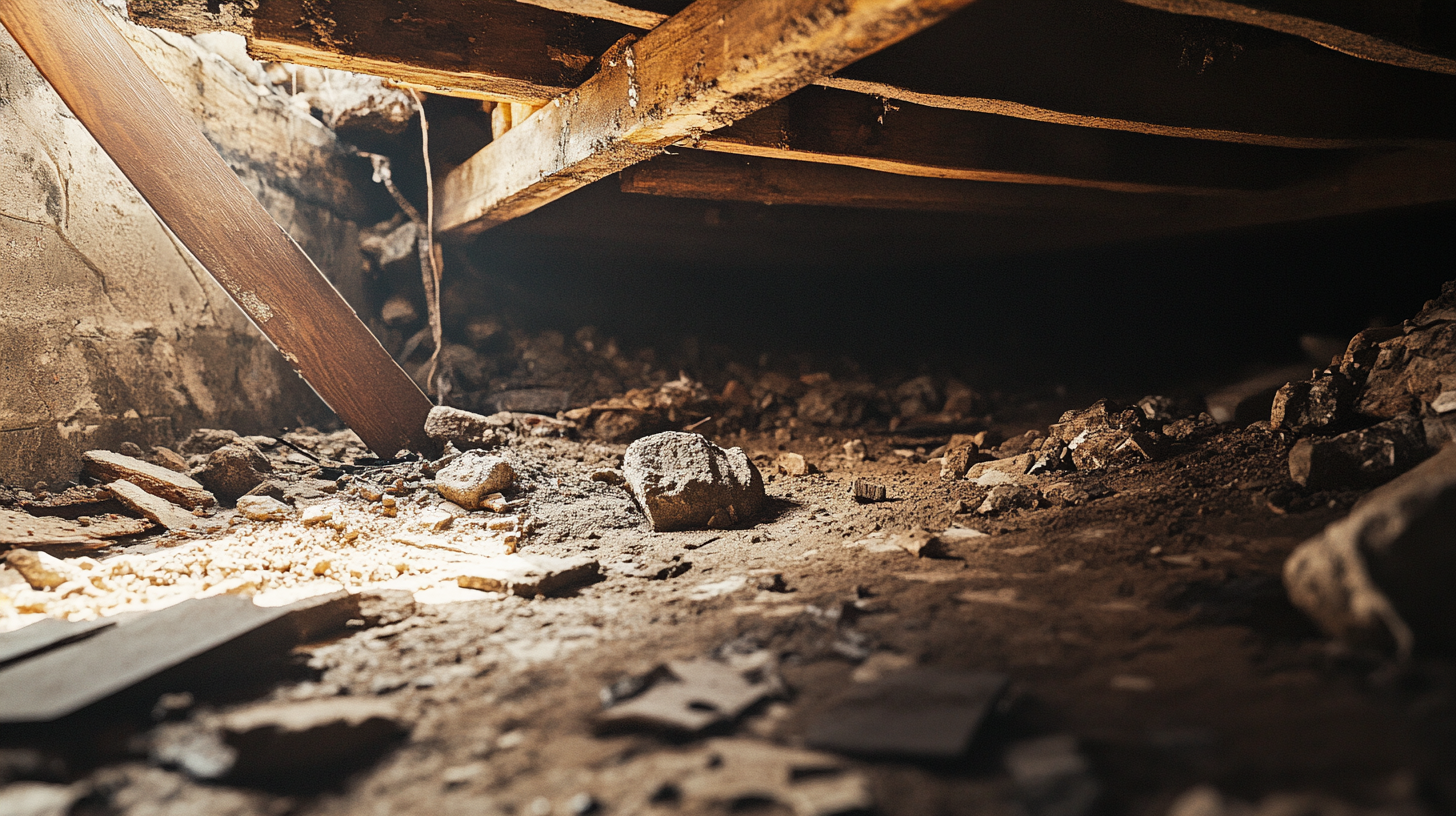
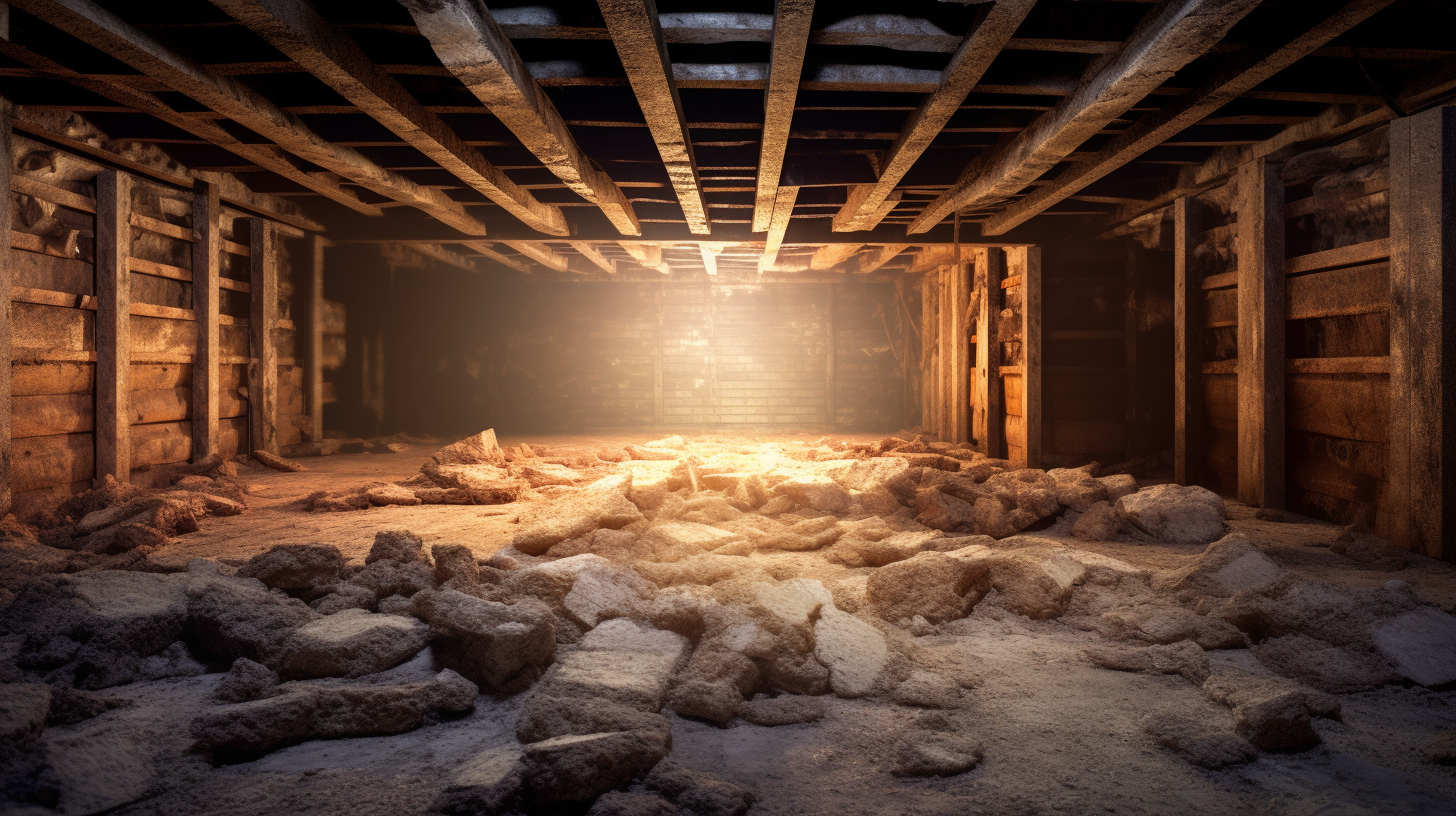
Got a Question? We’re Here to Help.
You can arrange an appointment or make an enquiry by phone or email, orget in touch to us via our contact form.
